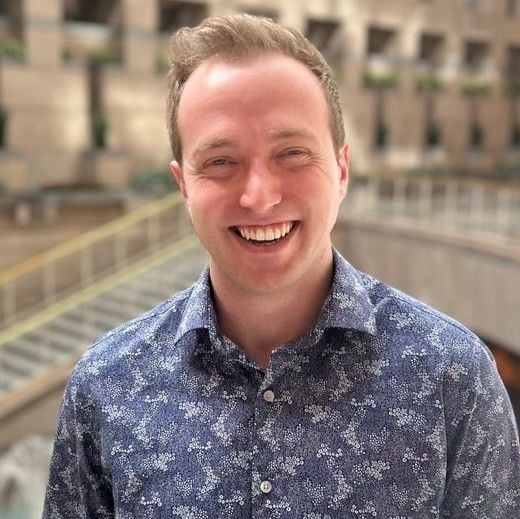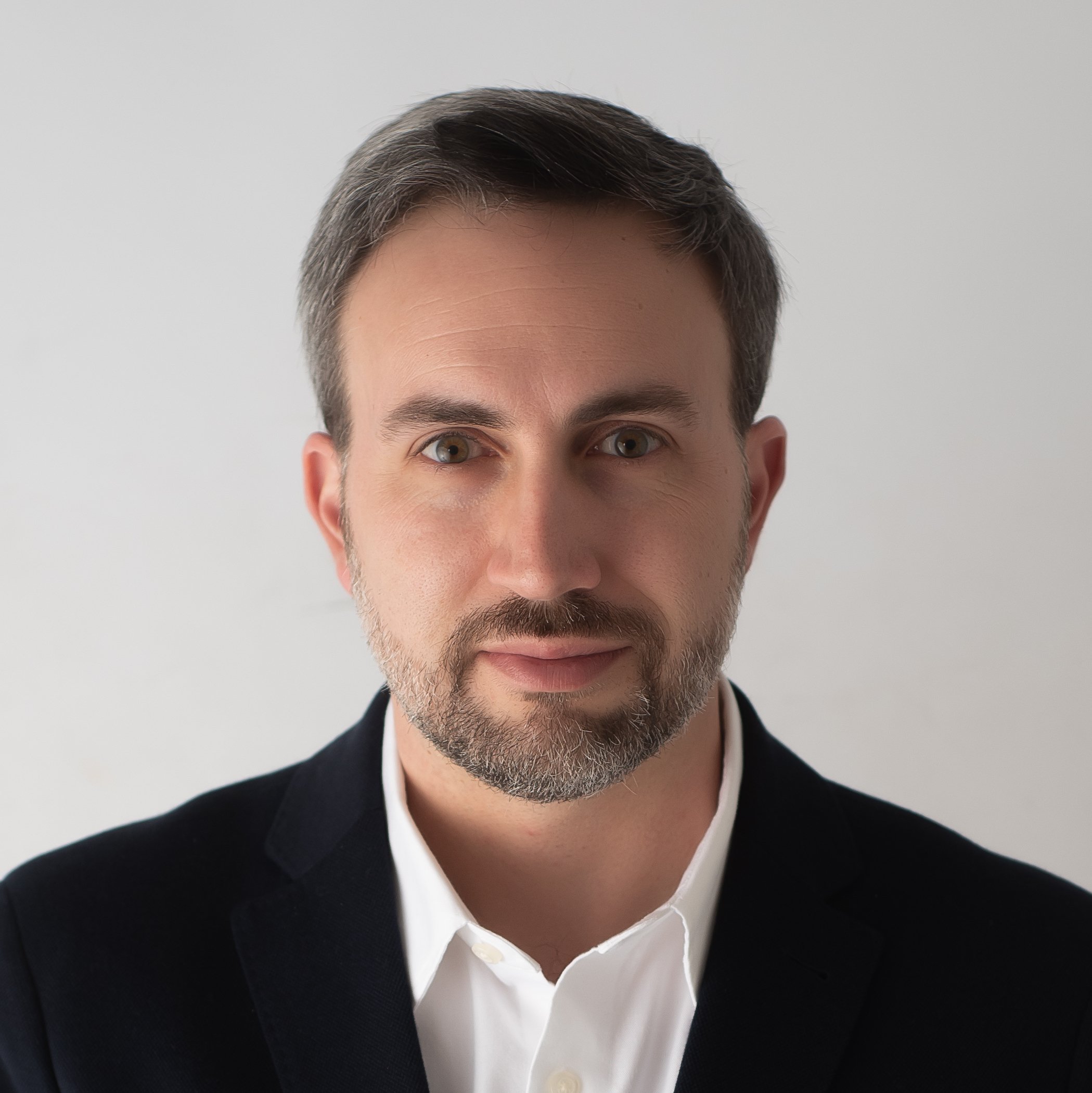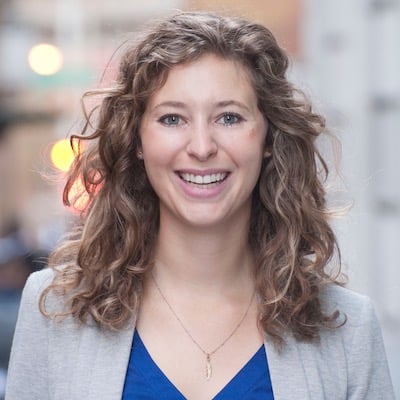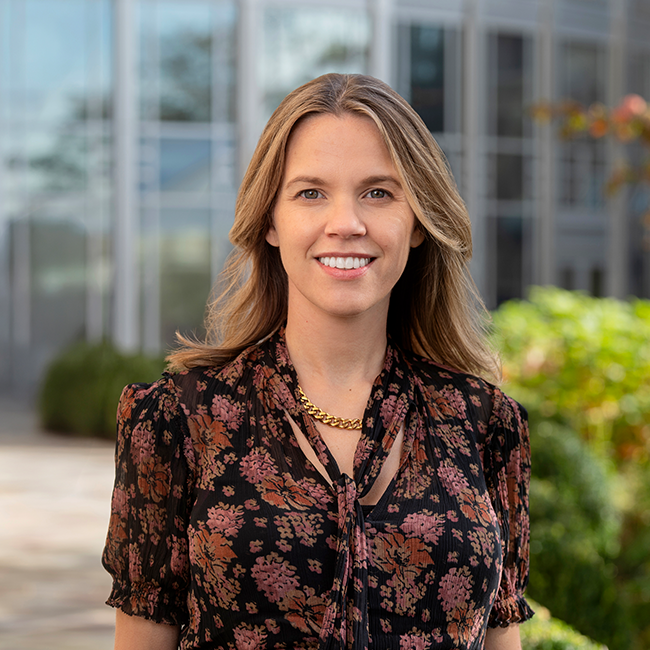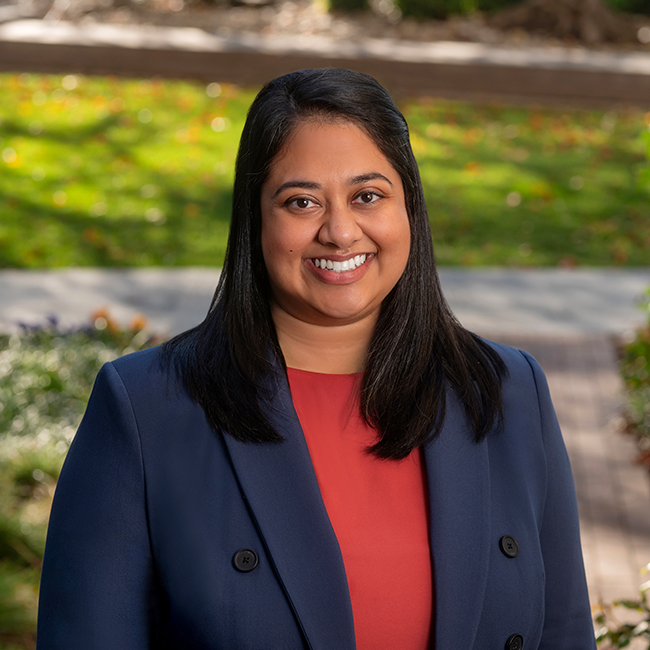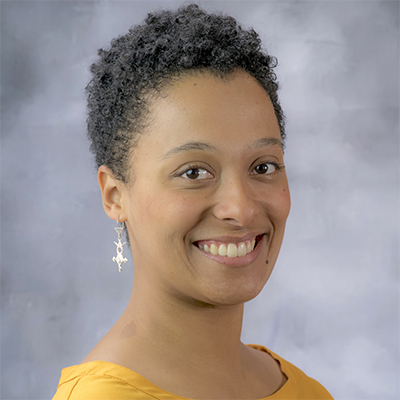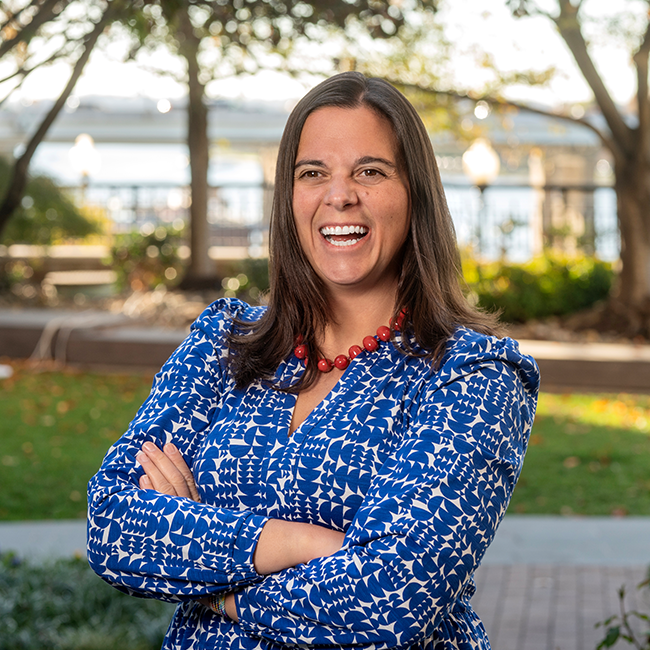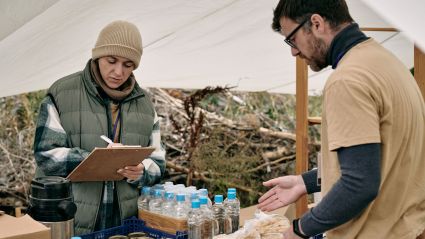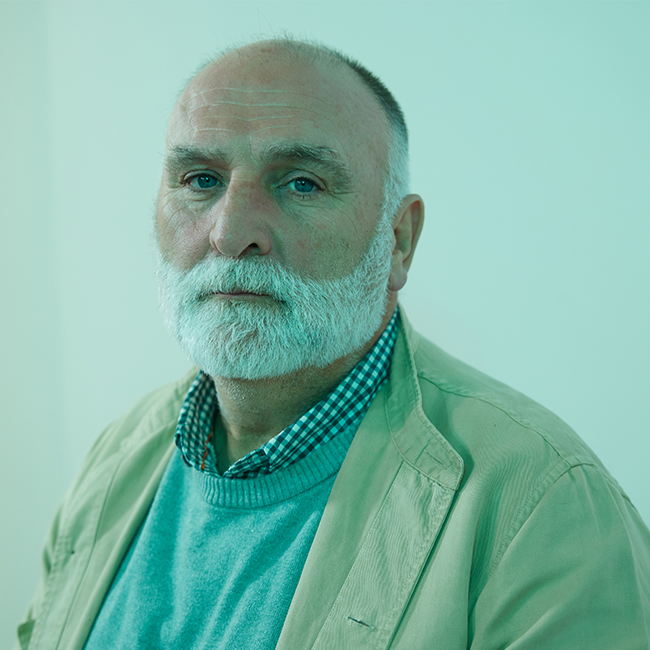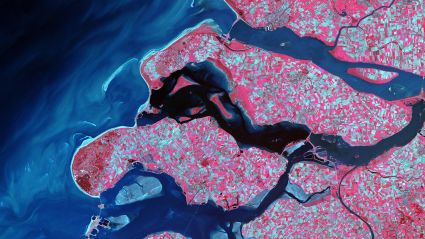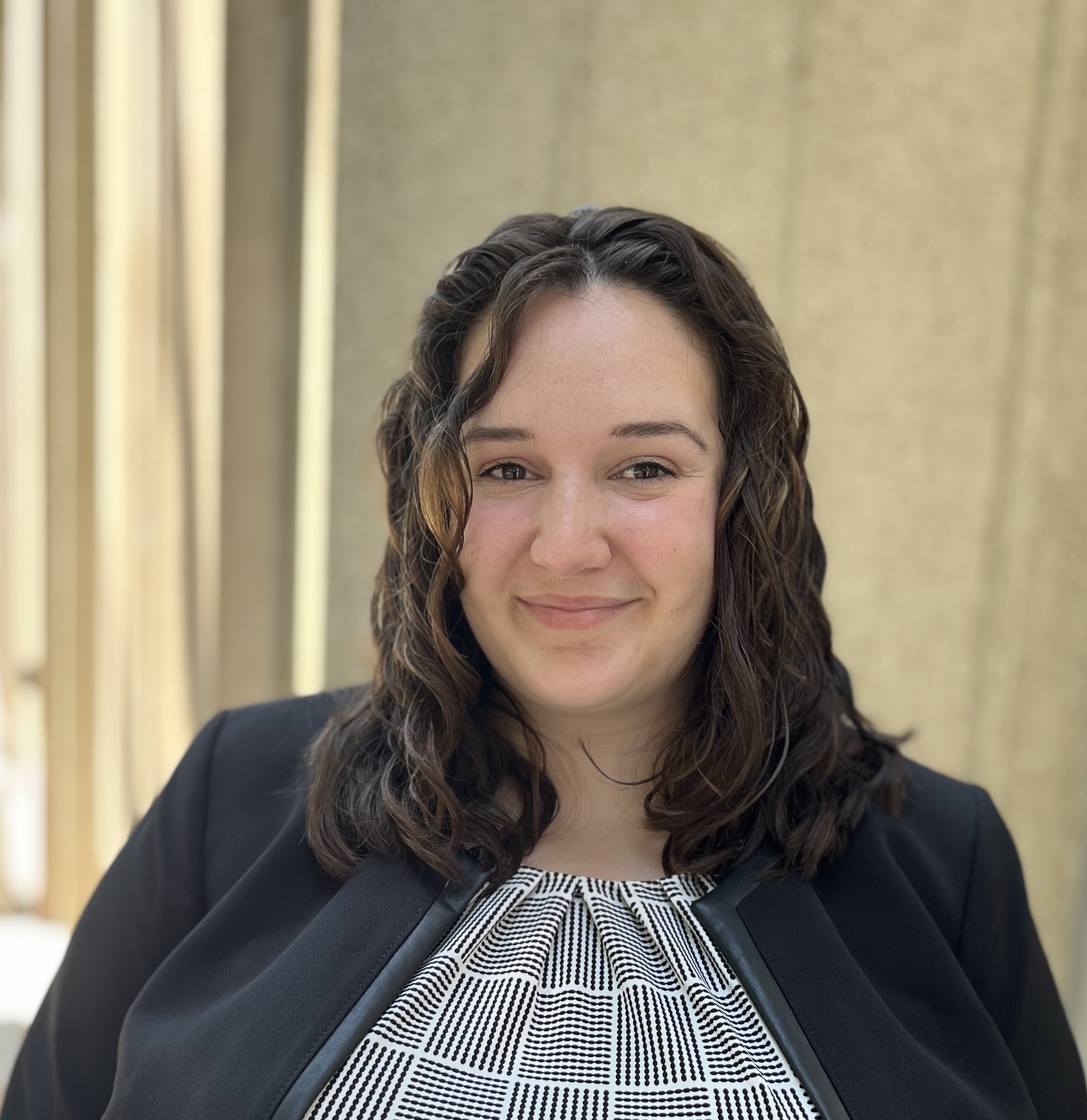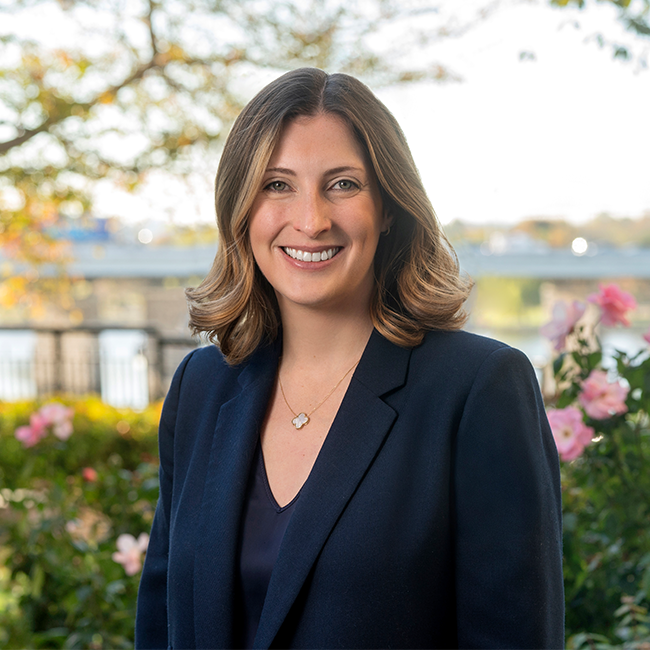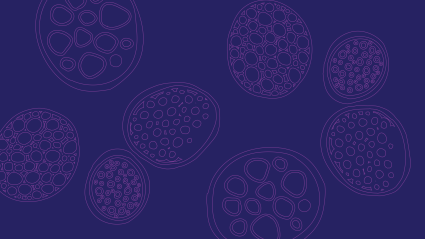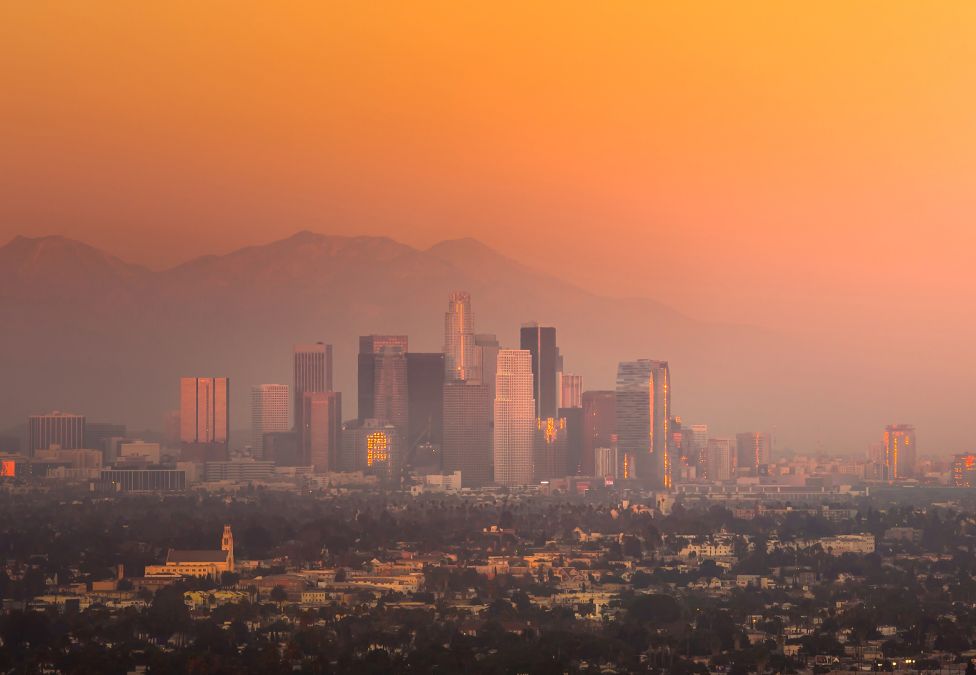
In January 2025, tens of thousands lost their homes, businesses, schools, and other essential community places to devastating wildfires in Los Angeles County. Months later, individuals and families continue to feel the traumatic impacts of the fires on their lives and livelihoods.
In the aftermath of natural disasters, philanthropy can be deployed strategically to support recovery in three main ways: coordinating public and private funding, responding to unmet needs, and reshaping policy and financial incentives to promote long-term stability and prosperity.
During the six months following the onset of the fires, philanthropic funding flowed into LA. The Milken Institute analyzed over $500 million in donations publicly announced between January and June 2025. These donations provided a critical lifeline through cash assistance, food aid, and first responder support, among other mechanisms. Of the total donations analyzed, nearly 70 percent of named recipient organizations focus primarily on short-term disaster relief.
Local philanthropies and nonprofits continue to work tirelessly to facilitate recovery efforts, but they face nearly insurmountable needs. Researchers at the University of California, Los Angeles (UCLA) Anderson School of Management estimate the fires caused between $76 and $131 billion in property and capital losses, of which only roughly half may be covered by public and private insurers. In January, California’s state legislature authorized $2.5 billion in relief funding, and the federal government has provided an additional $2 billion. But with additional government aid uncertain, uninsured and underinsured residents face steep housing costs and rebuilding expenses with little long-term support. As communities shift toward recovery, they are turning to philanthropy to fill the gaps. While philanthropy alone cannot meet the total need, philanthropic institutions and individual donors should consider three key areas to support sustainable long-term recovery:
Supporting Small Businesses
Beloved small businesses were lost to the fires, with far-reaching financial and social ripple effects. Across all businesses, the fires caused $297 million in wage losses alone. Still, dedicated support for small businesses represented less than 4 percent of direct donor commitments analyzed by the Milken Institute. The Small Business Administration (SBA) provided over $2 billion in disaster relief loans, but the SBA approves less than 30 percent of all disaster loan applications. Even approved business loans are capped at $2 million, leaving significant gaps in support.
Philanthropy can streamline support for impacted businesses to alleviate administrative and operational burdens, such as by covering underinsured losses or addressing shortages in the rebuilding workforce. Regrantors and pooled funds, such as FireAid and the California Community Foundation, are recognizing the need to support small businesses, and major funders have supported the establishment of the Small Business Disaster Recovery Fund. Funders should also consider leveraging mechanisms like program-related investments for mission-aligned businesses, such as social enterprises, to supplement grantmaking and bolster longer-term financial security. With 65 percent of small businesses expected to close within a year of a disaster, the clock is ticking to save businesses impacted by the wildfires.
Rebuilding for Resilience
Initial assessments from the Insurance Institute for Business & Home Safety show that fire-resistant materials and structure separation “played a crucial role in reducing damage severity” in areas impacted by the wildfires. However, many structures destroyed in the fires were built before the adoption of Chapter 7A of the California building code, which requires the use of potentially costly fire-resistant materials in high fire hazard severity zones. Targeted philanthropic funding can support homeowners and businesses required to meet these standards upon rebuilding, as well as incentivizing others who may not be required to but still face risk. Retrofitting existing structures in fire-risk areas is especially costly and may not be covered by insurance or government aid.
While much of the rebuilding effort will be undertaken by local government and private developers, philanthropy can help facilitate a more sustainable recovery. For example, the Milken Institute’s Community Infrastructure Center, supported by the James Irvine Foundation and other philanthropic partners, provides free pre-project development support for impacted communities and government entities to facilitate rebuilding. An upcoming Financial Innovations Lab will seek to address insurance market failures and better align incentives to promote resilience. Local philanthropies have also helped launch The Resilient LA Delta Fund, which will raise blended capital to help homeowners rebuild to the highest fire-resilience standards.
Mitigating Long-Term Economic and Social Impacts
Some philanthropic institutions, especially those outside of LA, may be hesitant to support wildfire recovery efforts, believing disaster relief to be outside of their strategic priorities. But as the UCLA Anderson report shows, wildfire impacts will depress local economic growth and strain public budgets, worsening nearly every issue philanthropy works to address. Destruction of homes and uninsured losses will have generational impacts on wealth building, especially for lower-income residents. Increased strain on housing supply will exacerbate affordability challenges across LA County. Air and water pollution due to smoke and hazardous waste will have lingering effects on health, especially among vulnerable populations. Children will face learning loss and mental health challenges due to school closures and trauma. These needs will not be met by one-time emergency funding. Funders across geographies and program areas—from economic mobility to housing to public health to education—should consider allocating a portion of their resources over the next five to seven years to support communities in LA.
Philanthropy’s role in wildfire recovery is far from over. Strategic investments in small businesses, wildfire-resilient rebuilding, and long-term support can have an outsized impact. As catastrophic natural disasters become more frequent, philanthropy can build bridges across affected communities and support comprehensive approaches to recovery and resilience.
Methodology Note
Milken Institute Strategic Philanthropy analyzed public announcements of over $500 million in donor commitments made between January and June 2025. This total does not include all individual private contributions, corporate matching campaigns, donation drives, and crowdfunding, which raised hundreds of millions more. For example, GoFundMe campaigns alone raised an additional $250 million. These data suggest that total charitable contributions far exceed the $650 million reported by the Los Angeles Times in February 2025.
Of the total value of public commitments analyzed, 44 percent came from corporations or corporate foundations, 23 percent from sports organizations, owners, and individual athletes, 14 percent from philanthropic institutions, 12 percent from individual philanthropists and celebrities, and 7 percent from other sources. The most commonly named recipients were the American Red Cross and the Los Angeles Fire Department Foundation, followed by the California Community Foundation, World Central Kitchen, California Fire Foundation, Los Angeles Regional Food Bank, and Pasadena Community Foundation.
